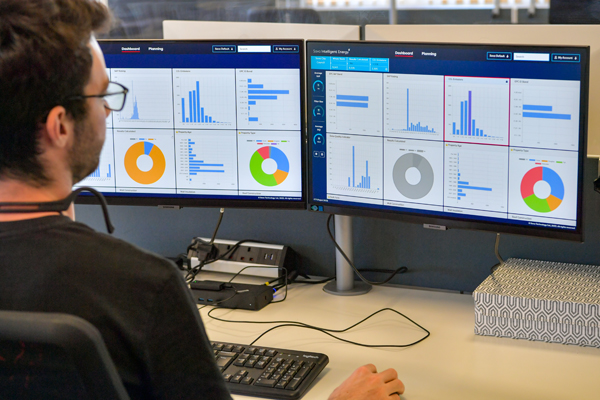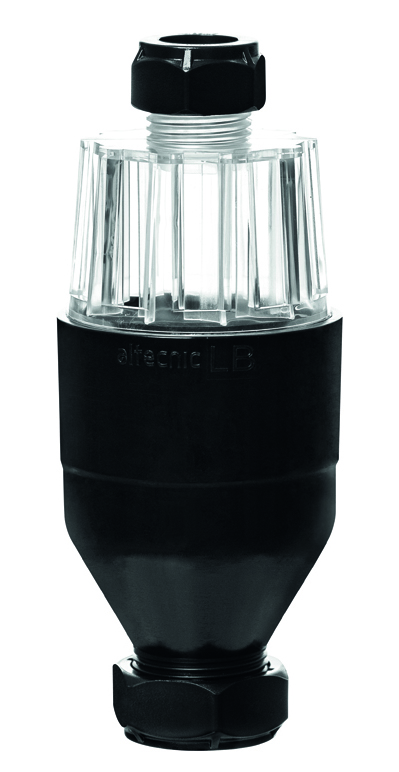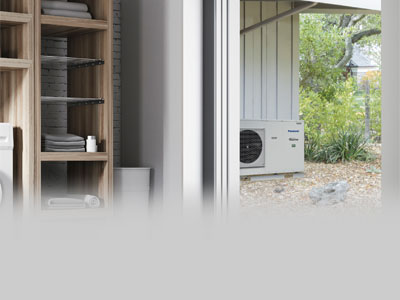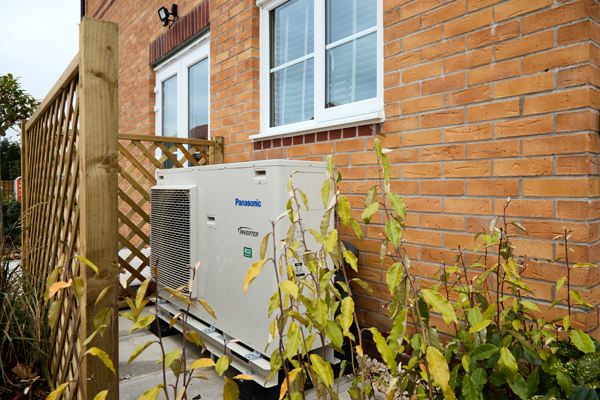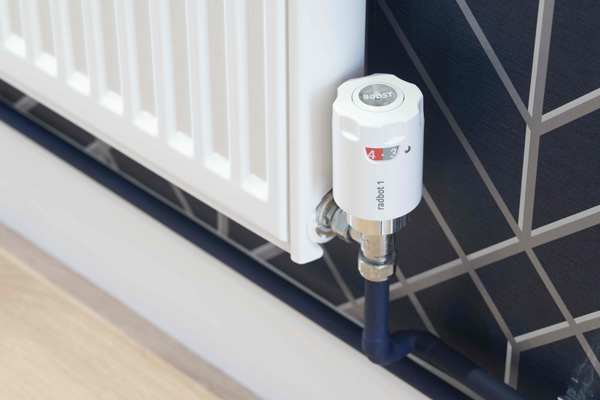Radfan Extra Boost - for use with Air Source Heat Pumps
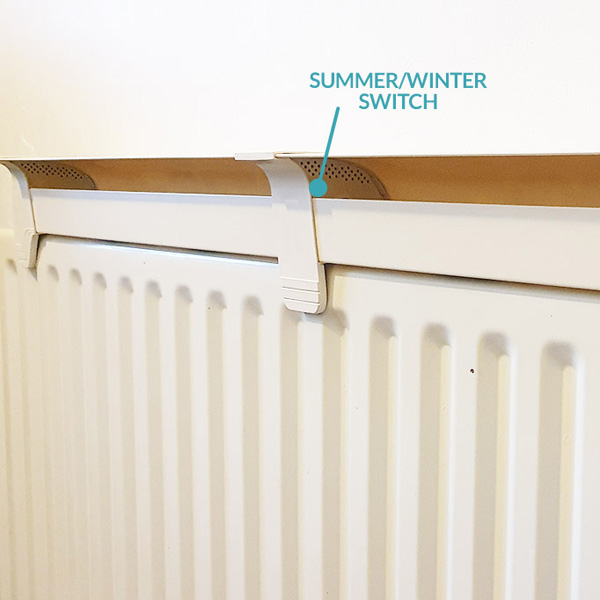
The Radfan Extra Boost is the latest model in the Radfan range, but designed with air/ground source heat pump system applications in mind.
Just as the Classic Radfan, this model helps make residents feel warmer more quickly so potentially reducing their energy bills, and reduces the conditions which promote the growth of mould.














